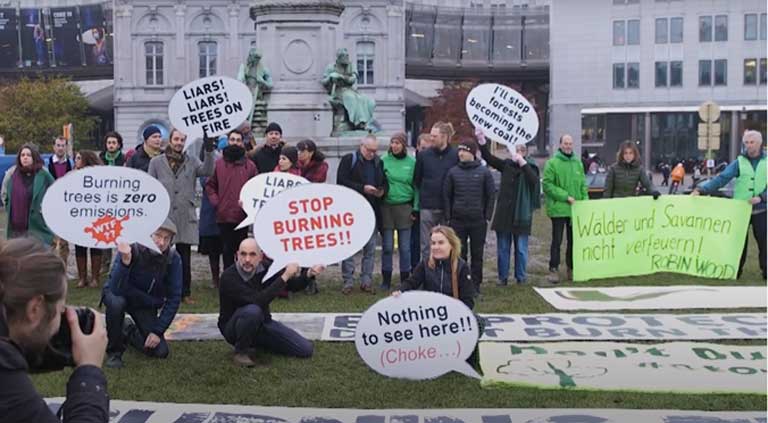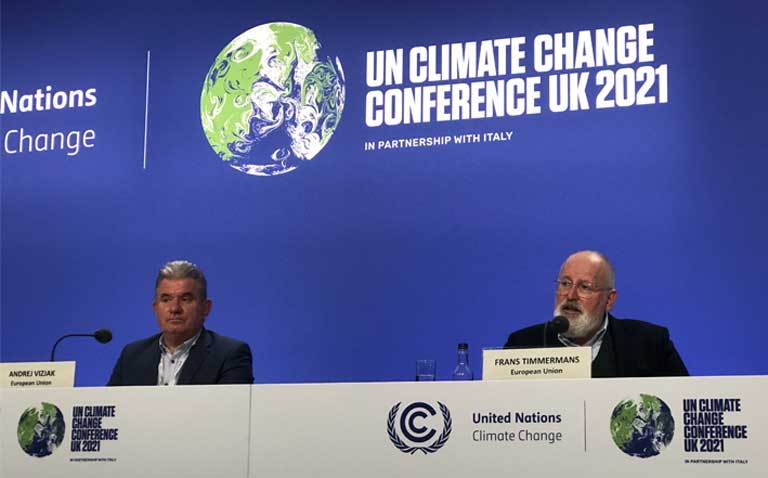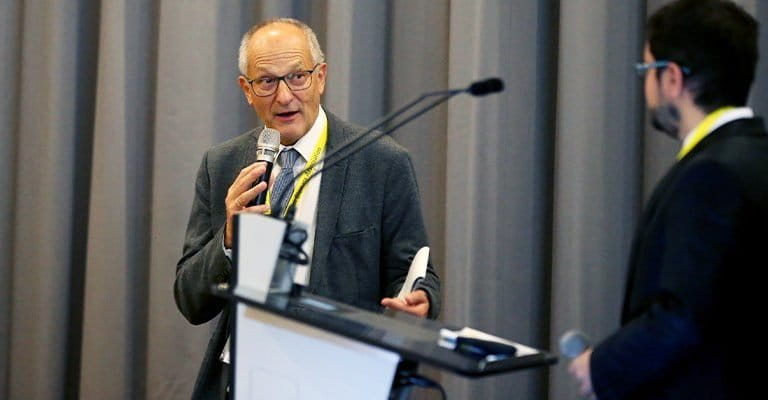
Since 2018, when I first began writing stories related to biomass, I’ve covered the issue and story from a variety of angles. Most have focused on efforts by forest advocates, ecologists and climate scientists to use a growing stack of peer-reviewed science to impress upon policymakers, especially in the European Union and United Kingdom, that replacing coal with wood — in the form of pellets, chips or other forms of biomass — is not a viable climate solution and is actually driving up carbon emissions — the very thing that needs to be reversed to slow the rate of global warming. Some stories have simply focused on the unparalleled success of the wood pellet industry, its accelerating growth and profits, and the fact that it makes up 60 percent of “renewable” energy in Europe, not zero-carbon wind, solar or nuclear.
The forest advocates are losing this battle — badly. It’s not even close. State subsidies to burn wood instead of coal reach into the billions. Profits are growing. New markets are ramping up in Asia. And intact forests — the first line of defense in reducing greenhouse gases in the atmosphere — are falling in greater acreage for wood pellets in the Southeastern United States, British Columbia, Eastern Europe and soon Vietnam.
This story, posted March 2022, follows up on a story I wrote from Glasgow in November 2021 at COP26: the new front in climate action is litigation. Forest advocates, with a lawsuit prepared, are now hoping for access to the European Court in Luxembourg as a way of altering EU policy toward biomass to reduce its usage and provide more protection for the world’s forests. My story is reported from a variety of angles which explain both the opportunities and obstacles to this approach, and a new study that breaks new ground on the long-term impact of the growing demand for wood pellets for energy and heat.





